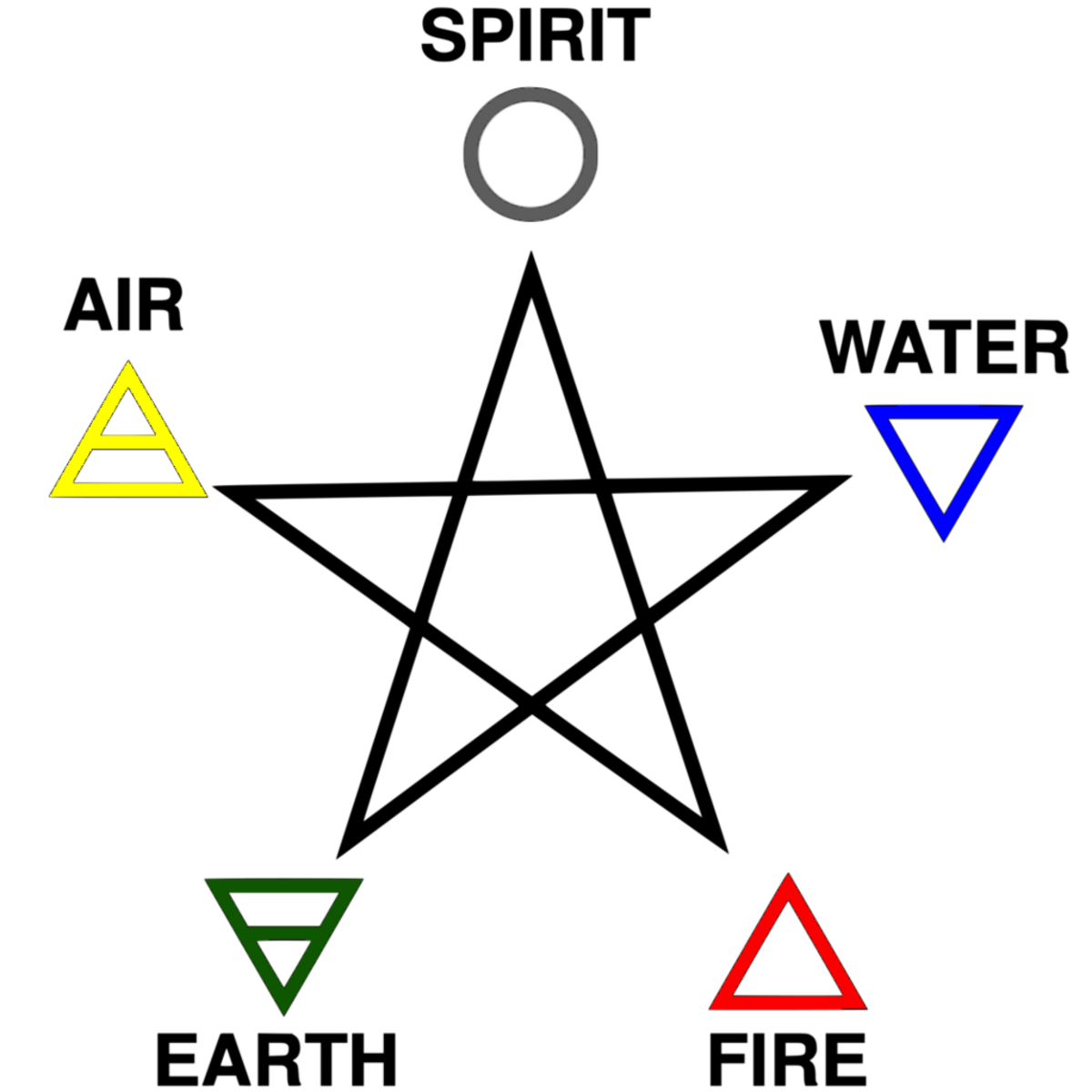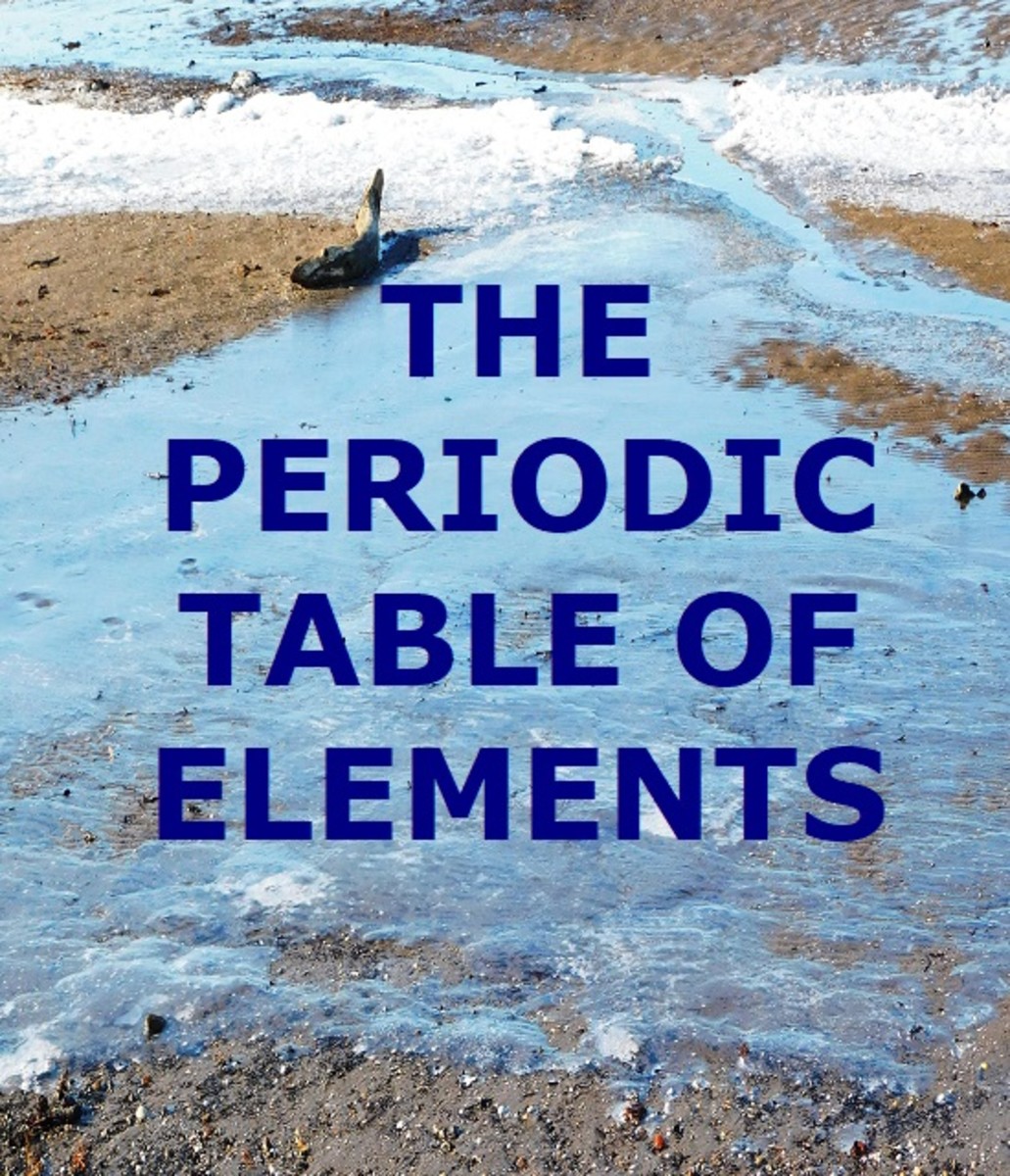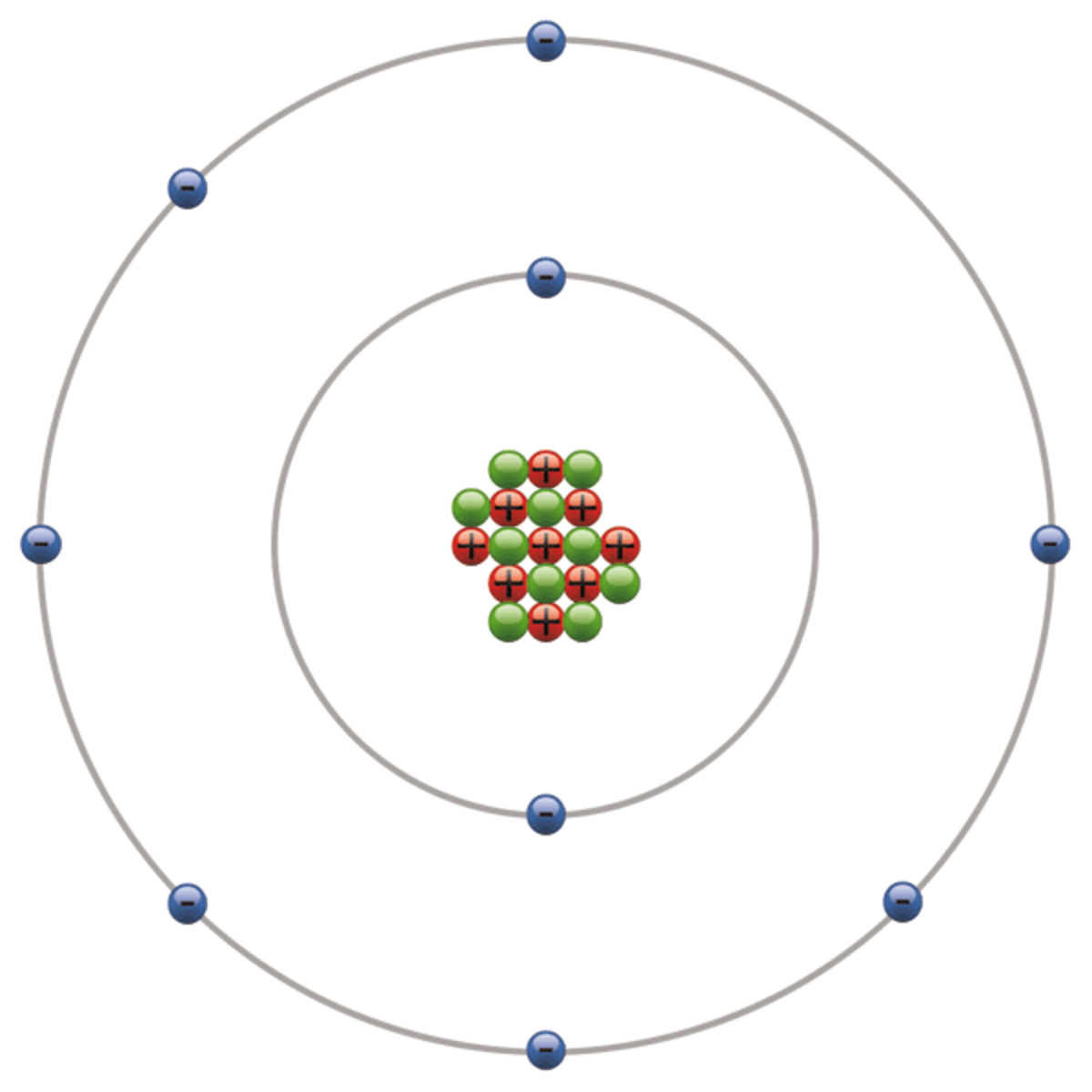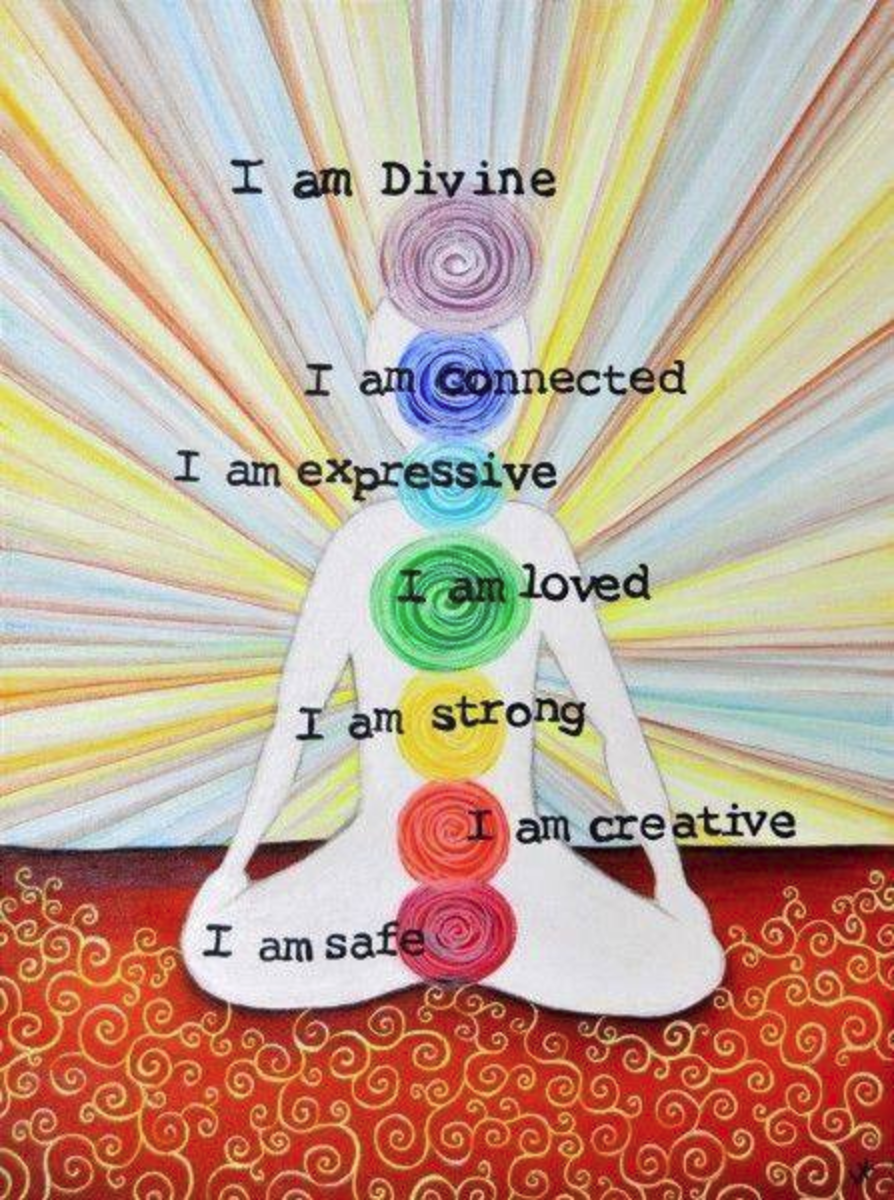The Five Elements in Chinese Thought and Culture
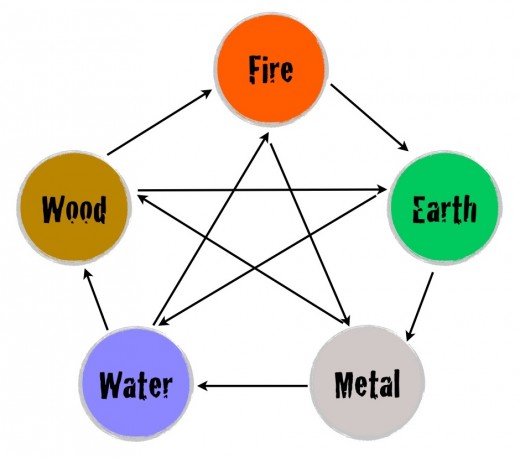
The Five Elements
The five elements (五行)in Chinese thought are fire (火), earth(土), metal(金), water(水), and wood (木). Rather than viewing the five elements as separate or competing systems, they should be seen as five phases in a cycle. Each "gives birth to" another. Each is born of another. Each can destroy another. And each can be destroyed by another. The pattern of the five elements in a cycle, with a five-point star drawn between the opposing sides, indicates the way these inter-relationships flow.
Each of the five elements represents a phase in a cycle of being, analogous to the seasons within a year. Fire represents summer, earth is the change of seasons, metal is autumn, water is winter, and wood is spring.
The five elements are used in many aspects of Chinese thought, including Chinese medicine, martial arts, music, astrology, feng shui, and fortune telling. The elements and the relationships between them comes up over and over again in varying aspects of Chinese thinking.
Geomancy / Feng Shui
Geomancy, or feng shui (literally, wind-water), is an aesthetic system that seeks to align physical bodies favorably along the flow of forces of the five elements in a given location. In Chinese culture, it is especially important in coordinating the alignment and structures of buildings. Feng shui is important in determining whether good or ill forces flow through a house, which in turn determines the fortunes of those who live in the house (or businesses which operate from the location, etc.).
Chinese Medicine
One of the most important applications of the five elements in the daily life of the Chinese is in traditional medicine. Unlike Western medicine, Chinese medicine is not simply about healing sick bodies. Instead, the focus is on keeping the body in proper alignment and balance with the five elements, and in this way preventing illness in the first place.
Each of the five elements corresponds to different parts of the body, or different bodily functions and the systems that control them. By keeping all of the elements in order, the body will remain healthy. The configuration of the elements as they correspond to the body looks like this:
- Wood: liver, gall bladder, eyes, tendons, tears, sight
- Fire: heart, small intestine, tongue, pulse, sweat, speech
- Earth: spleen/pancreas, stomach, mouth, muscles, saliva, taste
- Metal: lungs, large intestine, nose, skin, mucus, smell
- Water: kidneys, urinary bladder, ears, bones, urine, hearing
Problems with a particular organ, function, or system indicate that the element with which it is attached is out of balance. In Chinese medicine, the remedy is herbs that help to boost the element that is lacking, or relieve the element that is present in excess. The idea is to keep all five elements in balance — no one element is thought to be good or bad on its own, but is supposed to fit in with the system as a whole.
Chinese Cuisine
Chinese cooking is similarly based on the five elements, and flows out of the concepts involved in Chinese medicine listed above. The goal of a good Chinese meal is to present all of the five elements in balance. The elements are manifest in foods in this way:
- Wood: sour
- Fire: bitter
- Earth: sweet
- Metal: pungent (sometimes termed as spicy)
- Water: salty
It is important, again, to remember that no one flavor (or the element it represents) is better than another, but that all should work together in harmony. A craving for a particular flavor is usually thought to represent a weakness in the organs connected to the element represented by that flavor.
Warfare and Martial Arts
Chinese warfare and martial arts also grow out of the philosophy of the interacting forces of the five elements. Sunzi's Art of War is one famous example of the application of the five elements to battle, and the Xingyiquan school of kung fu is known for its special focus on the five elements as representing stages of combat.
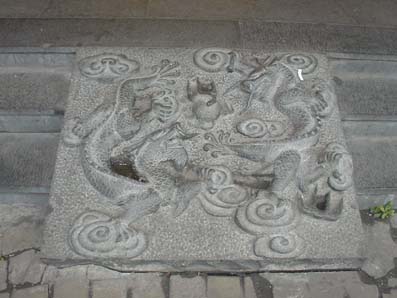
An All-pervading Thought System
The various applications of the five elements in Chinese thought are endless. When reading traditional works of Chinese astronomy, meteorology, music, agriculture, or any number of disciplines, one is sure to encounter a system of thought based on the five elements.
Understanding of how the five elements work and flow together is a basic requirement for grasping nearly any aspect of Chinese thought and philosophy. At the same time, studying nearly any branch of Chinese thought is sure to broaden one's understanding of how the five elements work together.
© 2010 Shelly Bryant


